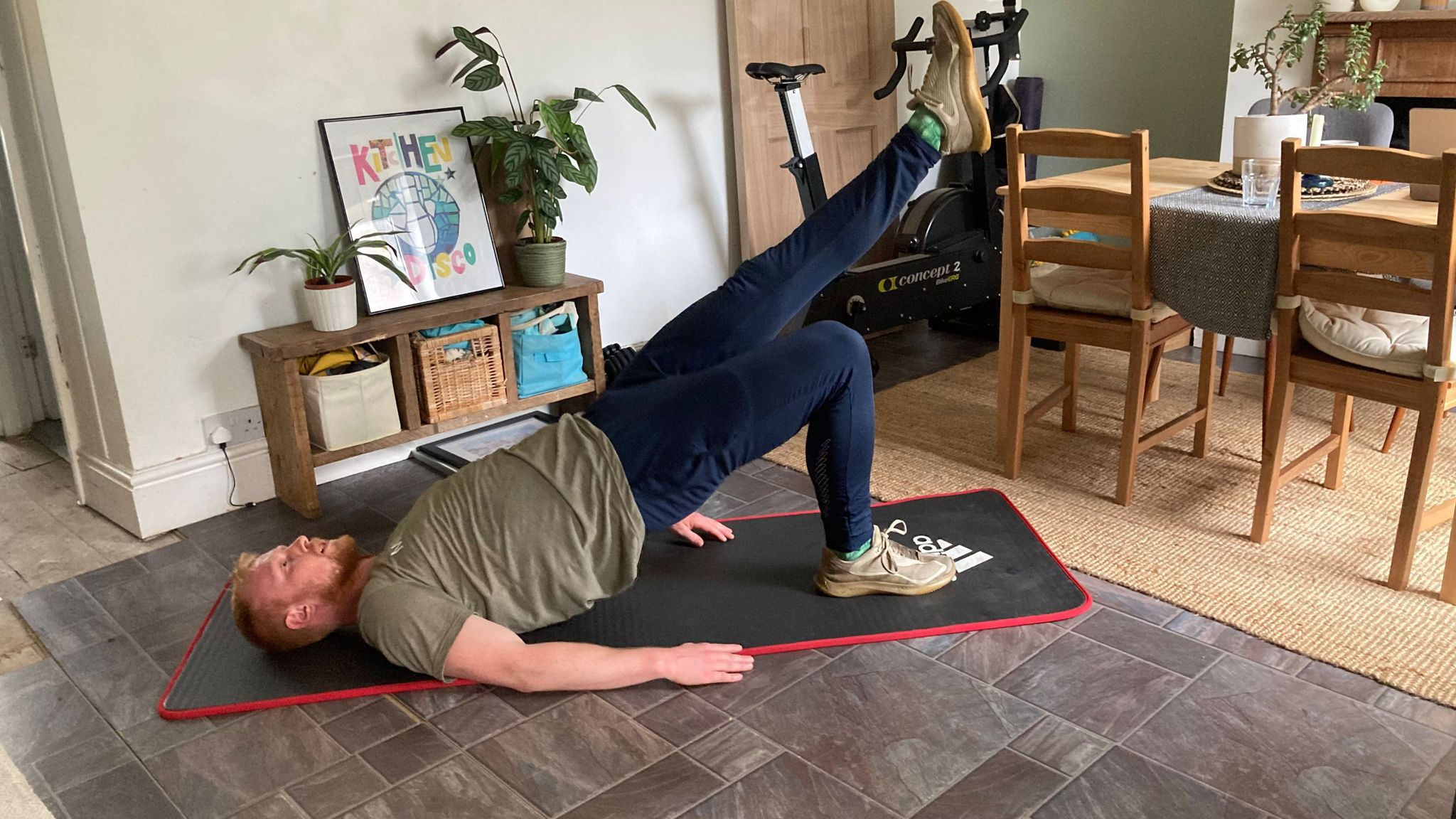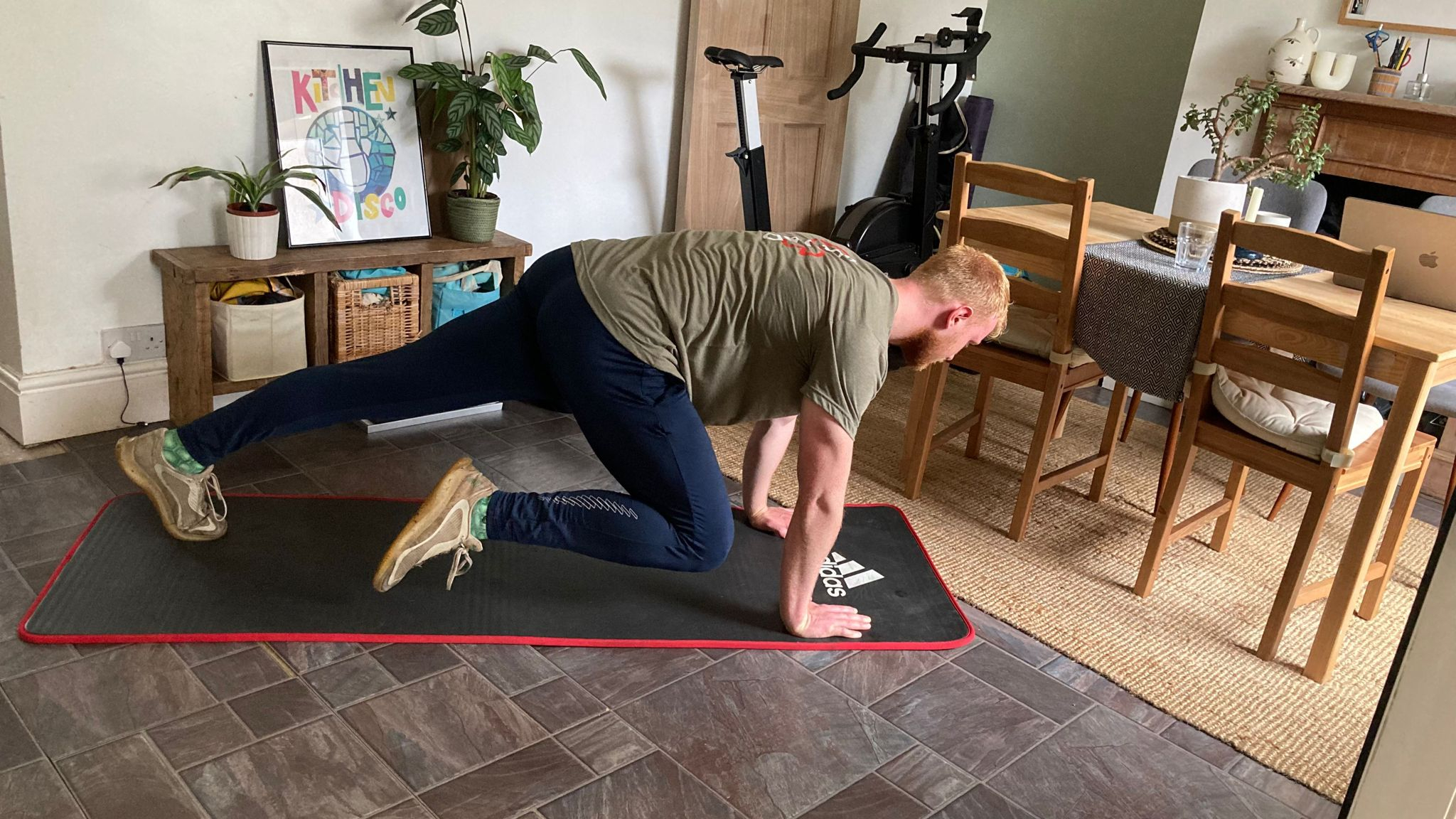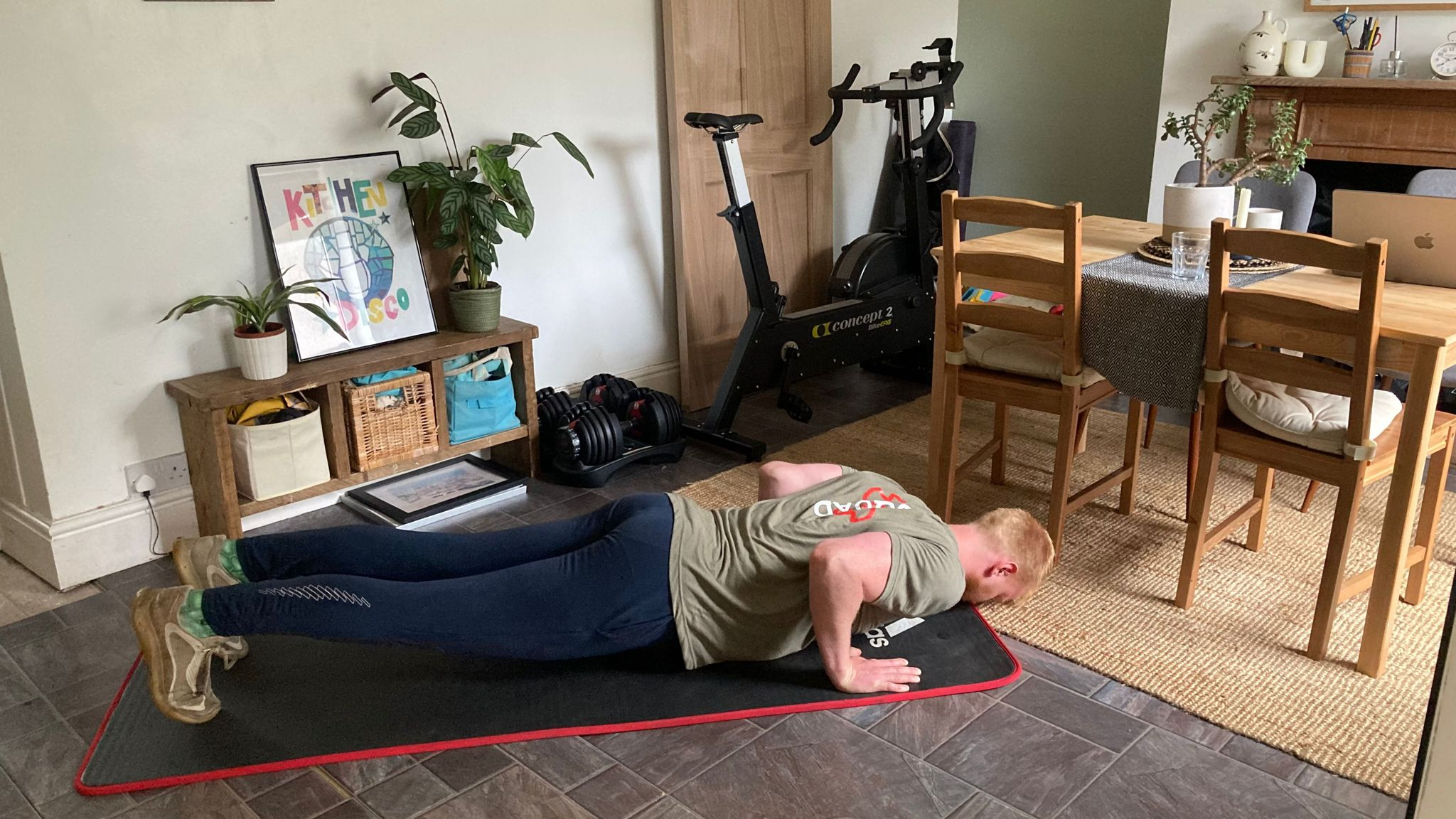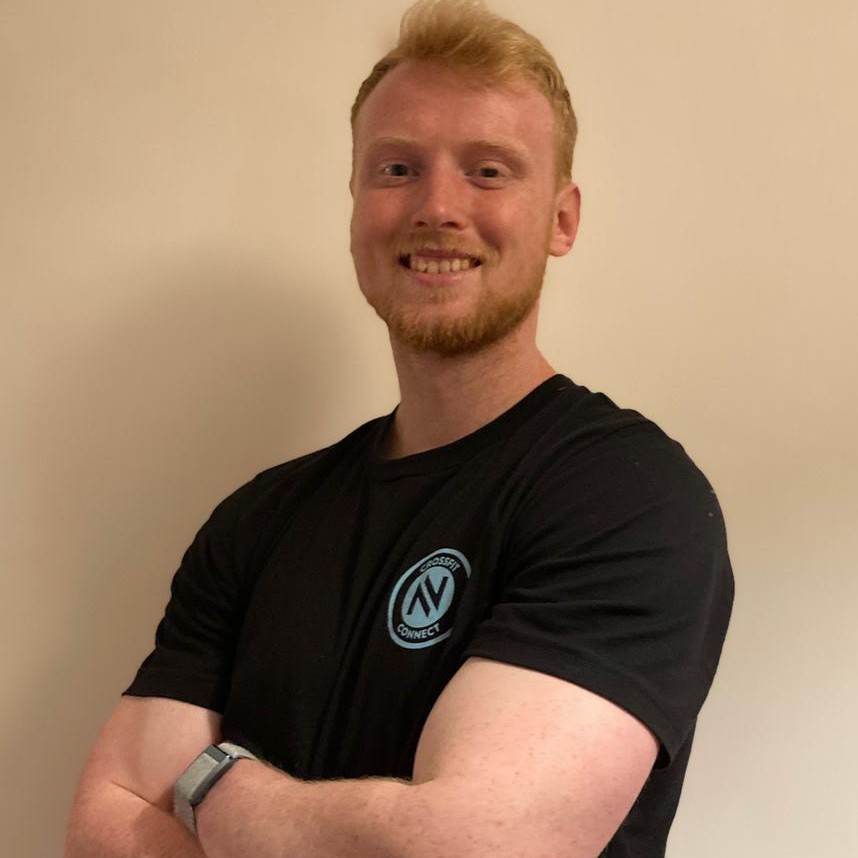I Tried Arnold Schwarzenegger’s 30-Second Shred Workout, And It’s Not What I Expected
You don't need weights to build muscle and boost your metabolism with Schwarzenegger’s intense bodyweight routine

Arnold Schwarzenegger is renowned for pumping iron, so his latest workout might surprise you; no dumbbells, no barbells, you don’t even need a gym to take it for a spin.
In a recent edition of his daily newsletter, aptly named Arnold’s Pump Club, the Terminator shared a bodyweight workout you can do at home as part of his drive to make exercise more accessible.
Having previously been battered by Arnie’s two-hour chest and back workout, I decided to try this lighter approach to see how it could help build strength and gain muscle. And the answer was quite surprising.
How To Do Arnold Schwarzenegger’s Bodyweight Workout
Schwarzenegger’s workout sets out to show how effective 30 seconds of work can be. As such, you’ll perform each exercise for 30 seconds, followed by a rest period.
“Rest 30-60 seconds between movements if you're a beginner. If you’re more advanced, rest for only 15 seconds (this will feel far too short),” he writes.
Follow this format for each of the circuits below. Schwarzenegger recommends repeating each circuit two or three times before moving onto the next.
Circuit One
- 1A Bear crawl
- 1B Bodyweight step-up (left leg)
- 1C Push-up (alternate between narrow, standard and wide each round)
- 1D Bodyweight step-up (right leg)
- 1E Single-leg hip thrust (left leg)
- 1F Mountain climber
- 1G Single-leg hip thrust (right leg)
Circuit Two
- 2A Plank
- 2B Bodyweight squat
- 2C Bodyweight jump squat
- 2D Pull-up or inverted row
- 2E Bodyweight lunge (left leg)
- 2F Bodyweight lunge (right leg)
Circuit Three
- 3A Push-up
- 3B Rear-foot elevated split squat (left)
- 3C Rear-foot elevated split squat (right)
- 3D Squat isometric hold
- 3E Reverse crunch
Four Lessons I Learned From Arnold Schwarzenegger’s Bodyweight Workout

1. Thirty minutes is all you need
With limited time during my lunch break, I resolved to squeeze in two rounds of each circuit, with 15 seconds of rest between exercises. It took exactly 27 minutes—a far more manageable shift than Arnie’s aforementioned chest and back session.
Sign up for workout ideas, training advice, reviews of the latest gear and more.
2. You don’t always need weights to work out
So, we know the Austrian Oak’s workout is efficient, but is it effective? The short answer is yes. By the end of the workout my brow was beading with sweat and my entire body had that dull post-workout ache only hypertrophy training can bring.
Stacking jump squats upon squats was particularly proficient at testing my muscular endurance, too. The combination of bodyweight exercises will be more than enough for beginners to develop strength and size, but seasoned lifters may need to add load to capitalize on the progressive overload principle to build muscle.
3. Accessibility is key

Arnie’s brutal bodybuilding sessions from his Mr. Olympia days are legendary, but he has since mellowed in his approach to fitness. Where sculpting his muscles was his previous priority, he now tries to “make my workouts a little bit different and focused on staying lean, and avoiding injury”.
That’s why he has traded in free weights for workout machines these days, and believes exercise should be accessible for everyone, with most of his latest workouts now entirely equipment-free, so you can do it at home or the gym.
Speaking of, I used a chair for the step-ups and door-mounted pull-up bar for (you guessed it) the pull-ups. If you don't have suitable props, then you can either modify the routine yourself, or leave that move out entirely.
4. You get out what you put in
Rather than giving you a set number of reps to aim for, Arnold asks you to work for 30 seconds on each movement, with a short rest (and his obligatory pump) as your reward.
With this approach, you really do get out what you put in. You can set a blistering pace to increase your total volume, or cruise through the session to flush your muscles after some heavy lifting—the workout is what you make it.
I went somewhere in the middle, hitting 12-15 reps on most exercises. This, I found, meant I could maintain my pace throughout, raising my heart rate without leading to exhaustion.
Whatever your training experience, working for time means you can always push that little bit harder next time to beat your score.

Harry covers news, reviews and features for Coach, Fit&Well and Live Science. With over a decade of training experience, he has tried everything from powerlifting to gymnastics, cardio to CrossFit, all in a bid to find fun ways of building a healthy, functional body.
